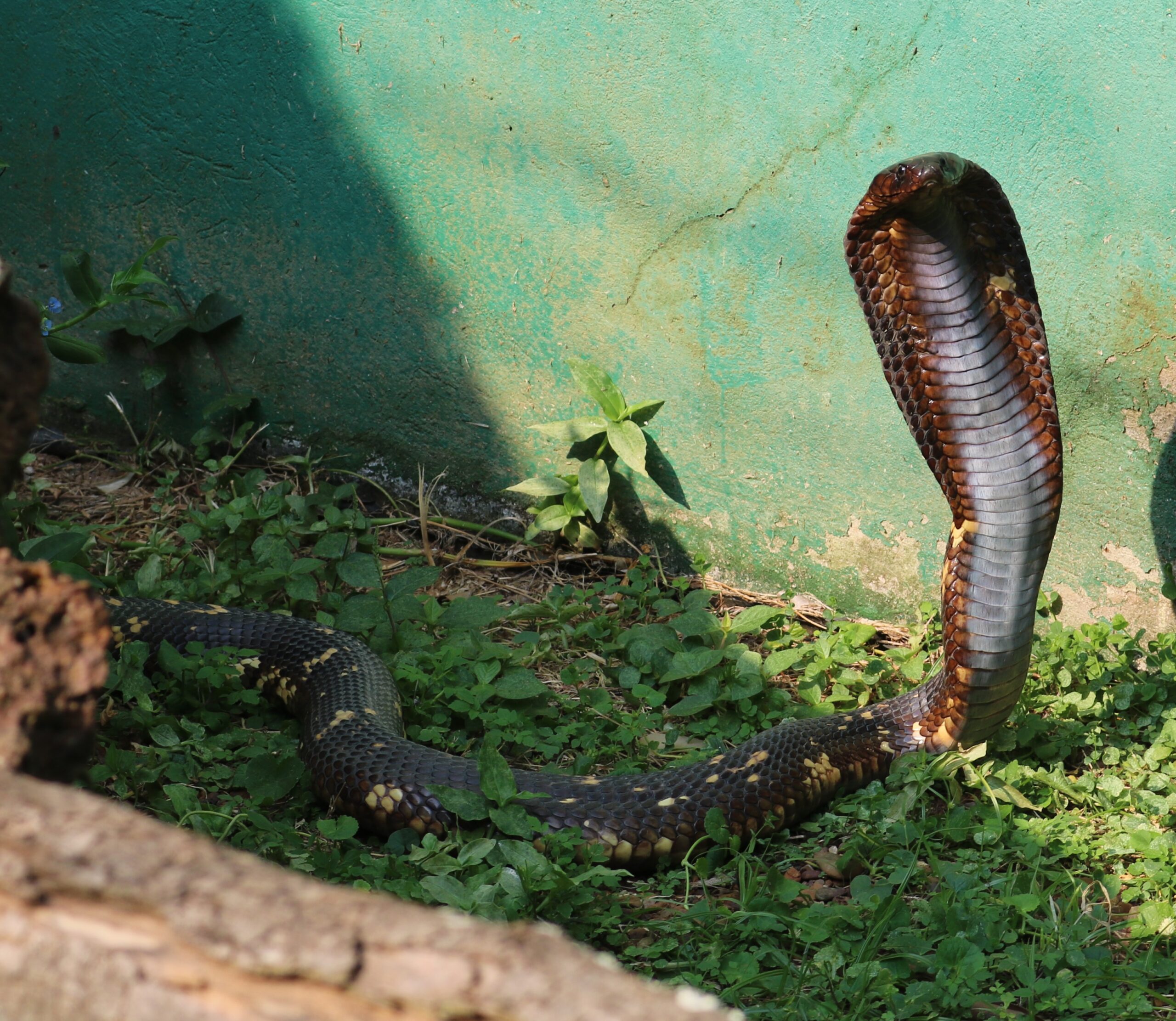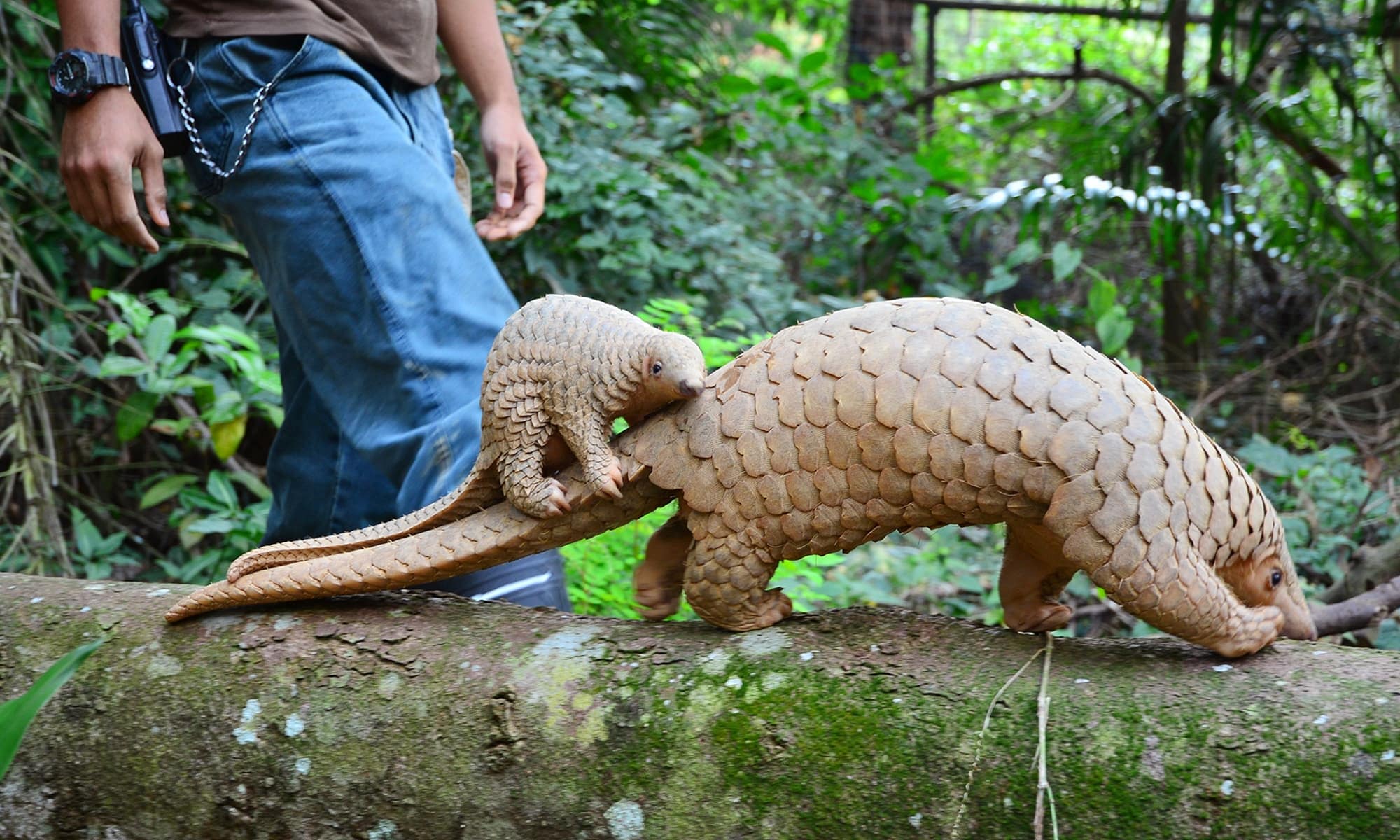By Aturinde Ebber
NasuunaVictoria a herbalist recalls a moment in time when one of her relatives was bitten by a snake: “We were in the village and at around mid-day and one of my cousins was walking through a banana plantation, and a snake bit her at the ankle of one of the legs. It was a panicky moment, my late grandmother rushed to get a string from the banana fibers to tie above the bitten area, while my late granddad rushed to collect tobacco leaves and a black stone from the neighborhood. All was brought, the tobacco leaves were squeezed in bowl to have some green juice which was given to my cousin and the black stone was placed at the point where the snake had bitten, on placing the black stone, the banana fiber string was untied – The foot was a bit swollen and my grandparents kept on checking to see if the swelling stops because it was their only assurance that their remedies are working – My cousin survived and she still living to date”. The battle against snake bites in Uganda, is a multidimensional challenge, intertwining human lives, wildlife conservation, and healthcare systems. Many Ugandans are still finding it hard to accept that most snakes are nor venomous and thus not deadly to humans and this is worsened by the scanty and appropriate information about snakes’ social behaviors, snakes envenoming and treatment.
Uganda Wildlife Conservation Education center (UWEC), a national body mandated to carry out conservation education in the country, together with other stakeholders, including Ministry of Health have developed a joint approach that will cover snake bite management, under their Snakes bite conservation program. Richard Otiti, an education officer at UWEC says,their hope is in the National Snakebite Prevention and Management strategy in 2018 that is being worked, whose aim is to integrate snakebite envenoming into the country’s neglected tropical disease (NTD) program.

“For now,as UWEC, on top of sensitizing masses on snake management, we are doing snake rescues which are brought to the Centre, rehabilitated and if fit to get back to the wild, they are released while other which are found not fit and their chances of surviving if taken back is minimal are kept at the Centre as conservation ambassadors under the Snake Management program”. Explains Otiti.
UWEC also undertaking data collection so as to understand the magnitude of the problem in order to come up with proper strategies in snake bite prevention and conservation. Although snake bites are common in Uganda, many of these are from non-venomous snakes which are the majority snake species standing at 75%, – Out of the 80 snake species found in Uganda, only25% are venomous. The common venomous snake species in Uganda include; Vipers, Cobras and Mambas. Snakes Envenoming Treatment Dr. John Bosco Ddamulira, a scientist at Makerere University school of public health, advises that before any treatment can be administered at a health center, the medical personnel must ascertain the type of venom that was injected by the snake, meaning there’s need for medical personnel to have knowledge about the snakes’ management.
Although, Health Scientists recommend two types of anti-venomous serums. One is the samir antivenin manufactured in South Africa the other is antivenin vaccine manufactured in India, Dr. Ddamulira advises that government should partner with local pharmaceutical companies to ensure anti venom vaccines are manufactured from the country to suit the type of snakes we have.
Globally,according to the recent World Health Organization (WHO) report on snake bites, there are more than 3,000 species of snakes, of which 600 are venomous and about 250 are considered to be medically important. WHO estimates that up to 5.4million snakebites occur annually, of which an estimated 2.7 Million, (50-55%) cause envenoming, out of which between 81,000 -138,000 envenoming is estimated to cause deaths and 435,000-580,000 lead to amputations and other permanent disabilities annually. In sub-Saharan Africa, an estimated 32,000 people a year die from snakebites.



